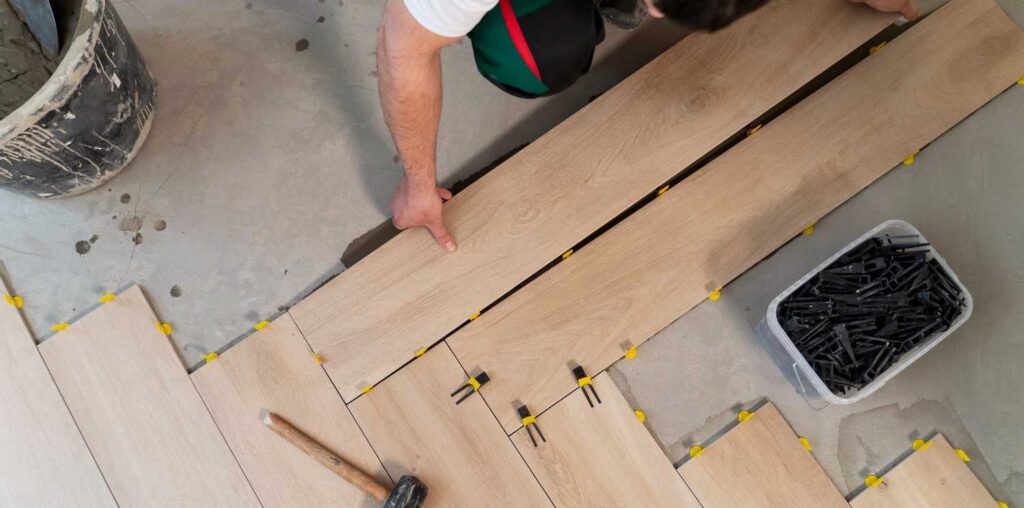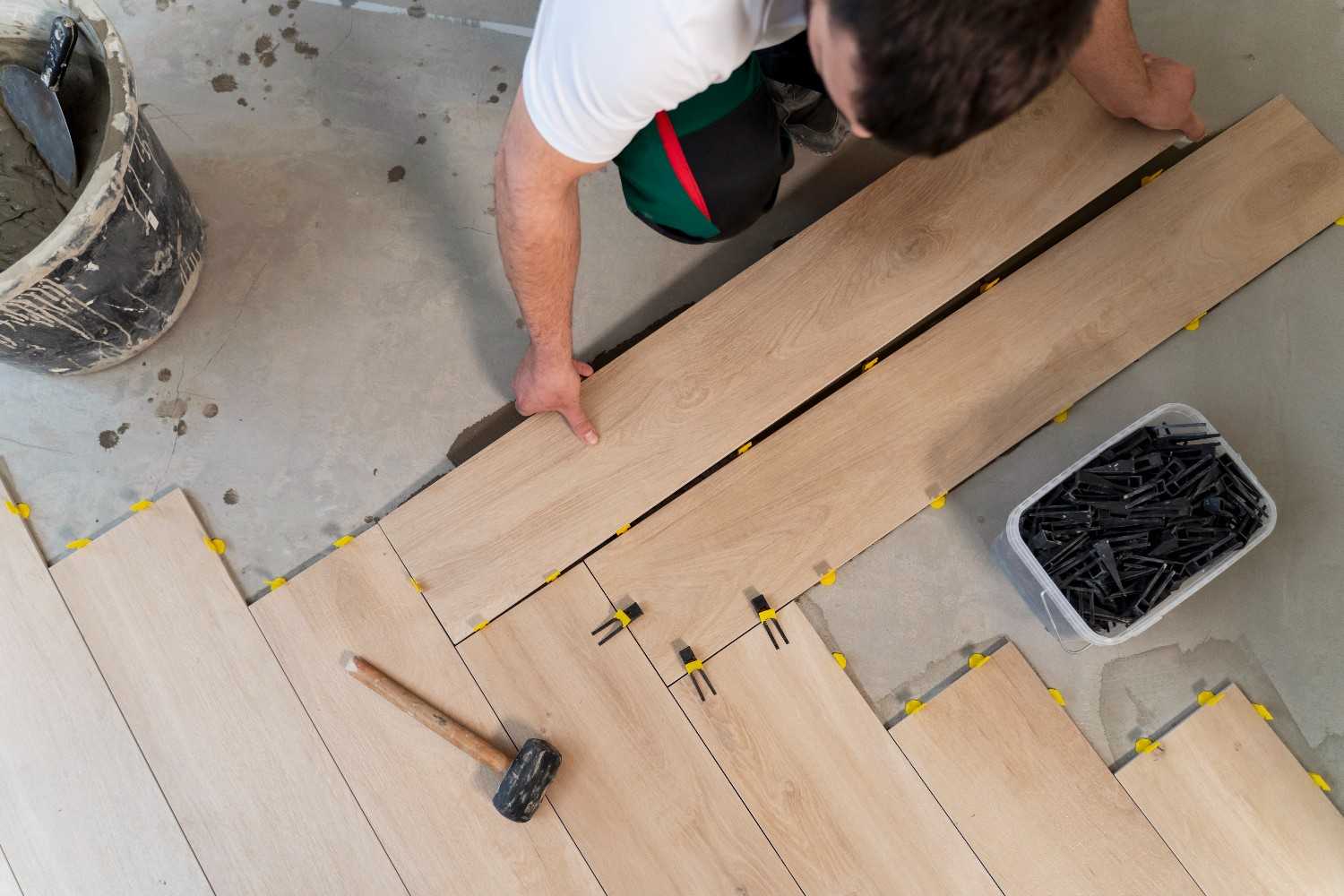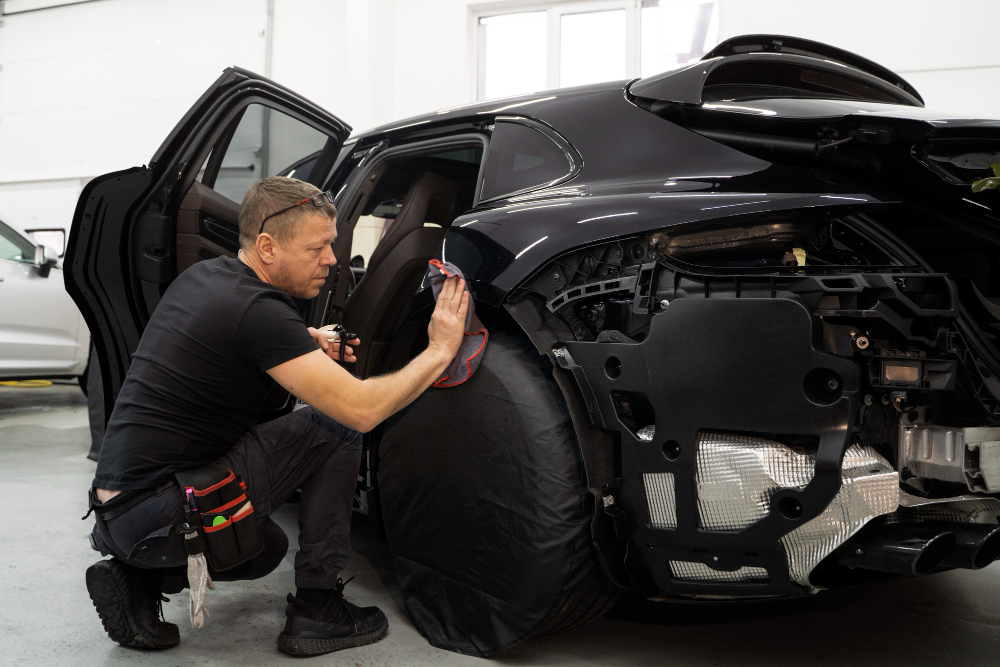Building construction, land development and whatever projects require surveying are crucial. If the right and top-notch tools are at a surveyor’s disposal, the job will be performed more accurately and efficiently. Regardless of your experience level, you should always know the main tools used in surveying. These are the top 10 tools that all surveyors should be trained to handle.
1. Total Station
Out of all tools used in current surveying, the total station is considered the most significant and widespread. It is made up of both an e-theodolite and an electronic distance measurement (EDM) device. This allows surveyors to take measurements of angles and distances together and with very high accuracy. These days, total stations come with data tracking, built-in GPS and mechanical functions that enable just one person to use them.
Use: Land surveying, construction layout, topographic surveys, and boundary marking.
2. Theodolite
A theodolite is an instrument that helps measure both horizontal and vertical angles accurately. As the total station is now preferred over this, people still need the plummet for specific purposes. Land surveyors rely on a measuring tape or chain instead of electronic tools when they don’t have them.
Use: Construction layout, boundary surveys, and alignment of structures.
3. Global Positioning System (GPS) Equipment
Surveyors now rely on GPS technology. You can get an exact centimetre-level location with the use of survey-grade GPS devices. Using RTK and GNSS technology, surveyors can perform large-area survey jobs more quickly than before without always requiring sight of survey marks.
Use: Geodetic surveys, large-scale mapping, and infrastructure planning.
4. Leveling Instrument (Auto Level or Digital Level)
Levels are a method of finding out how high or low different points on the Earth are. To accomplish building and civil engineering work, automatic levels are set up, followed by self-levelling. The use of digital levels that offer electronic data boosts the pace and keeps mistakes by people to a minimum.
Use: Road construction, drainage systems, and foundation work.
5. Measuring Tape and Chains
Even with advances in technology, gauging short lengths with a measuring tape or chain is still needed when it would be difficult to use electrical measurement gear. Scientists use fibreglass tapes largely because they are both strong and non-conductive.
Use: Property boundary measurements, small-scale surveys, and basic site layouts.
6. Surveyor’s Tripod
Many surveying instruments depend on having a strong tripod. A tripod allows you to use theodolites, total stations and levels securely. Tripods should be built to last, stand securely and be adjusted for proper readings in uneven conditions.
Use: Supports surveying instruments during all types of measurements.
7. Prism and Prism Poles
When attached to a total station, prisms bounce back the signal from the measuring device for accurate results. Surveyors often measure different heights by using adjustable poles that ensure they start from a standard reference point.
Use: Distance measurement in topographic and boundary surveys.
8. Drone (UAV – Unmanned Aerial Vehicle)
Drone surveys have transformed the way people conduct aerial surveying. Their cameras and LiDAR lenses allow them to document a map’s terrain in a short, safe amount of time. Drones make it possible to survey dangerous or remote places.
Use: Aerial mapping, construction monitoring, and volumetric analysis.
9. Data Collector / Controller
Today, surveyors collect and process data as they move around. A data collector device is held in your hand to organize information and statistics collected in the field by GPS or total stations. They are equipped with updated programming for making maps and working with data.
Use: Real-time data logging, CAD integration, and GIS mapping.
10. Plumb Bob and Spirit Level
Even today, surveyors use plumb bobs to confirm that equipment is set upright during a survey. With its help, tripods or levelling rods remain aligned horizontally. While digital instruments have similar functions, having manual tools ensures you will never run out of power.
Use: Ensuring vertical and horizontal alignment in instrument setup.
Conclusion
Doing a survey calls for traditional experience and new technology. Although tools such as measuring tapes and theodolites are old, using drones and GPS has greatly improved Surveying. The correct tools make surveying jobs accurate and faster and help prevent accidents.
Regardless of the complexity of the survey, the top 10 surveying tools always form the basis for its success. Every surveyor aiming for excellence in results should keep learning about the latest equipment and techniques in the industry.



